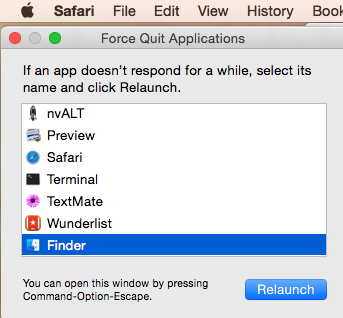A collection of useful things concerning Mac OS X
If you are experiencing that it takes a long time to open a new login shell, one reason could be the accumulation of system log files in the directory
/private/var/log/asl/
In my case, I could bring my terminal back to speed by simply deleting those .asl log files via:
cd /private/var/log/asl/
sudo rm *.asl
First, you need to download Apple's XCode IDE from the Mac App Store. After you installed XCode, open a new terminal window and install the XCode command line utilities via
xcode-select --install
You can find the latest GCC version on HPC Mac OS X, and after you downloaded the zipped tarball, e.g., gcc-5.0-bin.tar.gz, you can unzip it from the download directory via
gunzip gcc-5.0-bin.tar.gz
and install it to /usr/local/bin via executing
sudo tar -xvf gcc-5.0-bin.tar -C /
Test if the newly installed gcc is the default on your system by executing
which gcc
which should return
/usr/local/bin/gcc
Otherwise you may want to add /usr/local/bin/gcc to your PATH, e.g., via
export PATH=/usr/local/bin:$PATH' >> ~/.bash_profile
Especially since the upgrade to OS X Yosemite (10.10) it can happen that the discoveryd (the "new" mDNSResponder) process goes crazy and uses up all the memory on your machine and renders it unresponsive and impossible to use productively.
In my experience, it usually helped to just unload discoveryd via
sudo launchctl unload -w /System/Library/LaunchDaemons/com.apple.discoveryd.plist
and then reload it via
sudo launchctl load -w /System/Library/LaunchDaemons/com.apple.discoveryd.plist
Invisible files are hidden in the Finder by default. To display hidden files, simply open a new terminal window and execute the command
defaults write com.apple.finder AppleShowAllFiles NO
And to hide the invisible files again, execute
defaults write com.apple.finder AppleShowAllFiles YES
To apply those changes, you need to relaunch the Finder. This can be done by clicking on the "Apple" button in the top-left corner of your screen, opening the "Force Quit" menu, selecting the "Finder" entry, and clicking on the "Relaunch" button.



